
How to Use Servo: Examples, Pinouts, and Specs
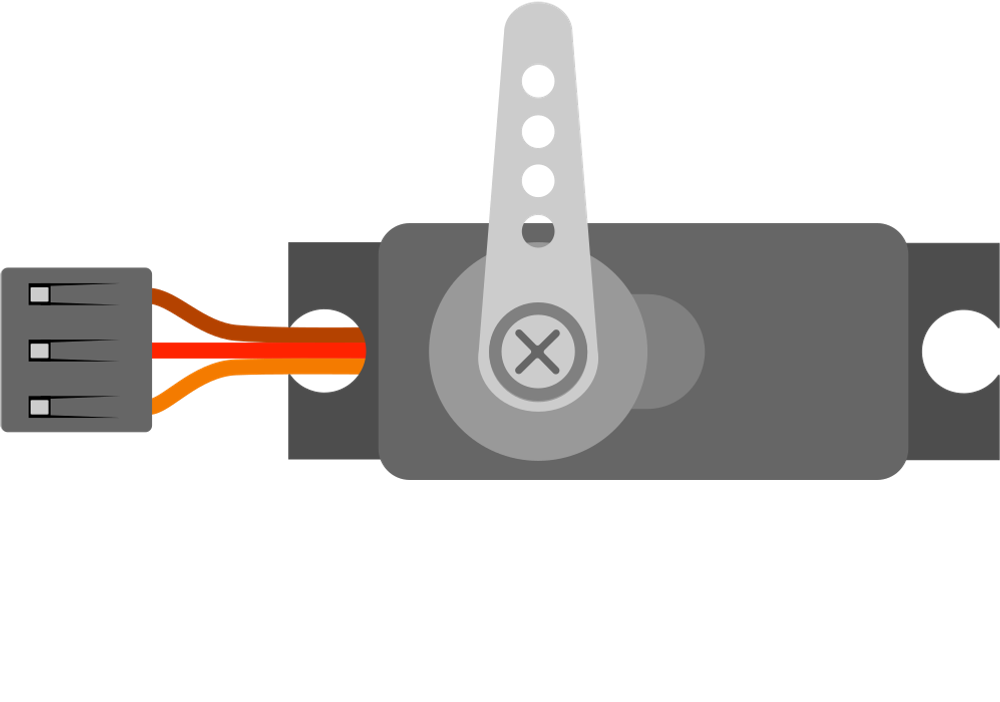
 Design with Servo in Cirkit Designer
Design with Servo in Cirkit DesignerIntroduction
A servo is a rotary actuator that allows for precise control of angular position, velocity, and acceleration. It consists of a motor coupled to a sensor for position feedback, along with a control circuit. Servos are widely used in robotics, automation, remote-controlled vehicles, and industrial machinery due to their ability to provide accurate and repeatable motion.
Explore Projects Built with Servo
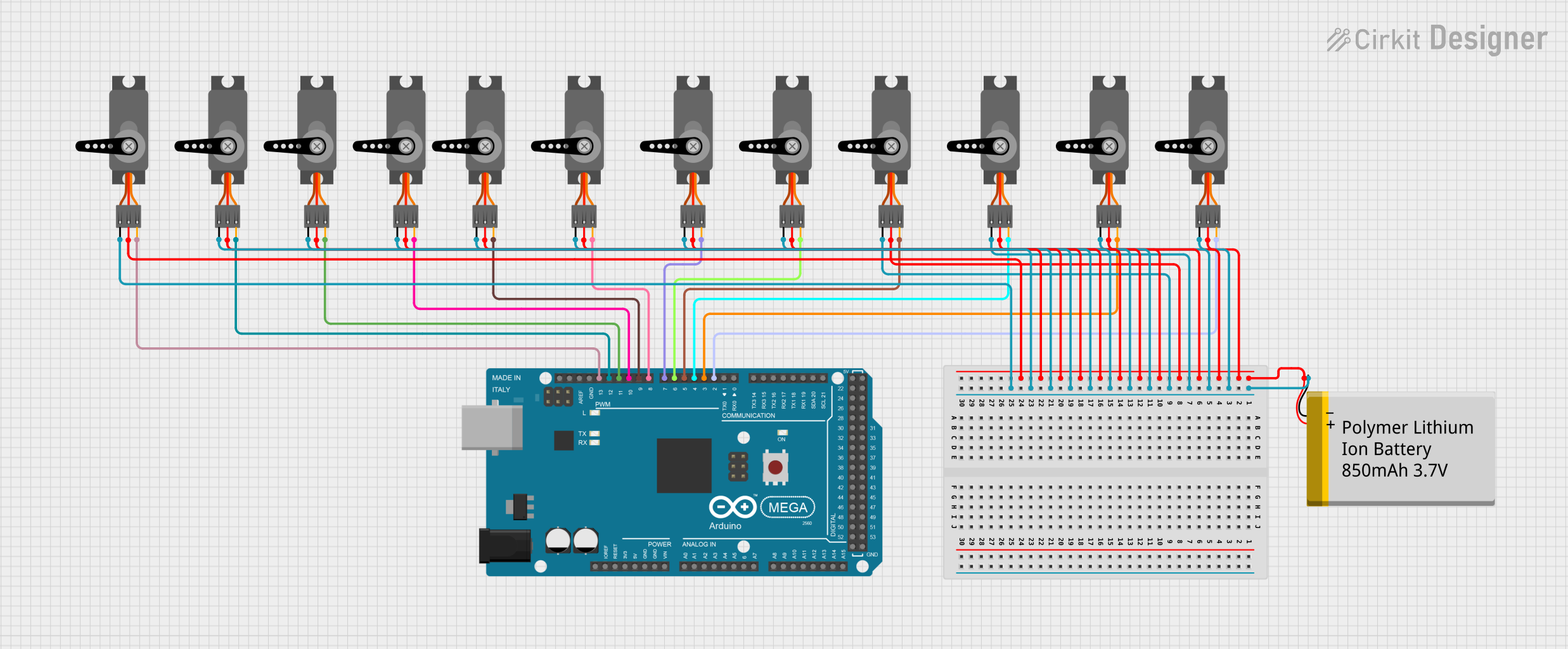
 Open Project in Cirkit Designer
Open Project in Cirkit Designer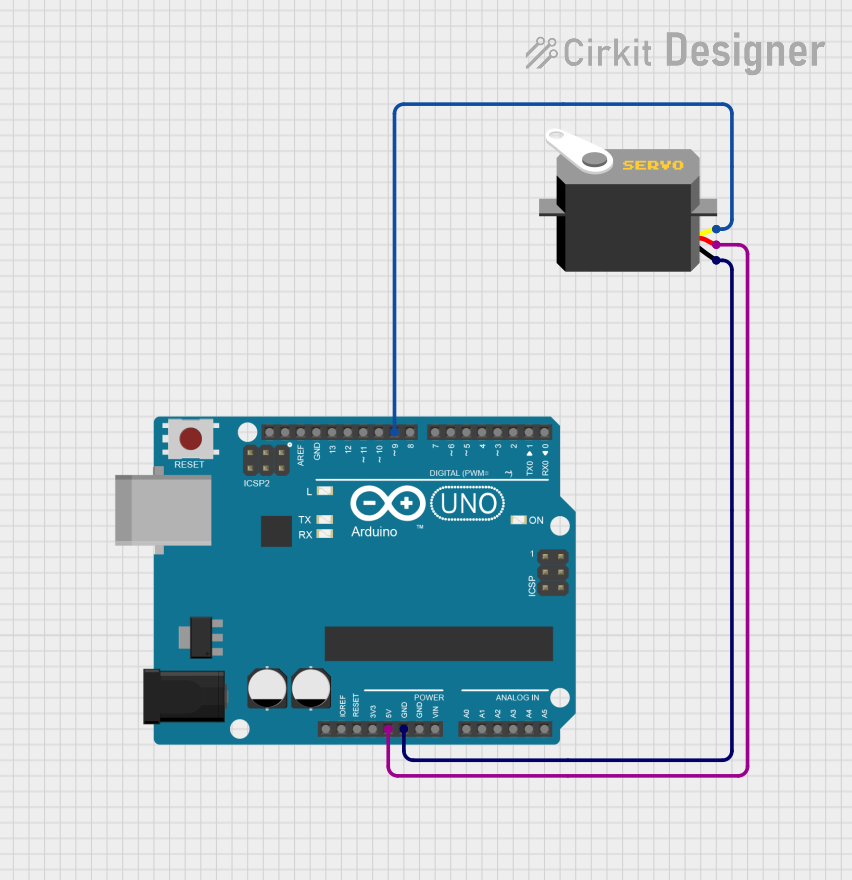
 Open Project in Cirkit Designer
Open Project in Cirkit Designer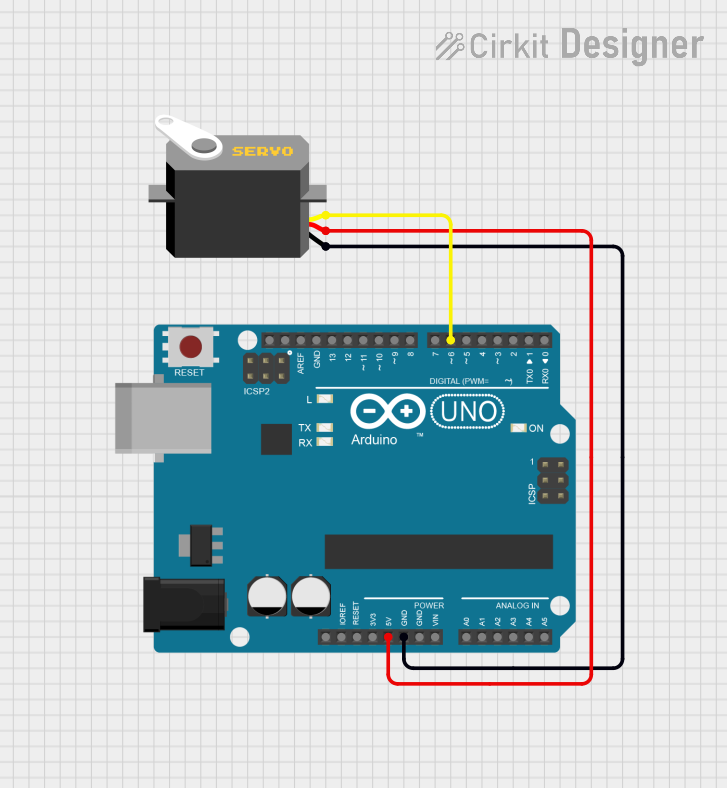
 Open Project in Cirkit Designer
Open Project in Cirkit Designer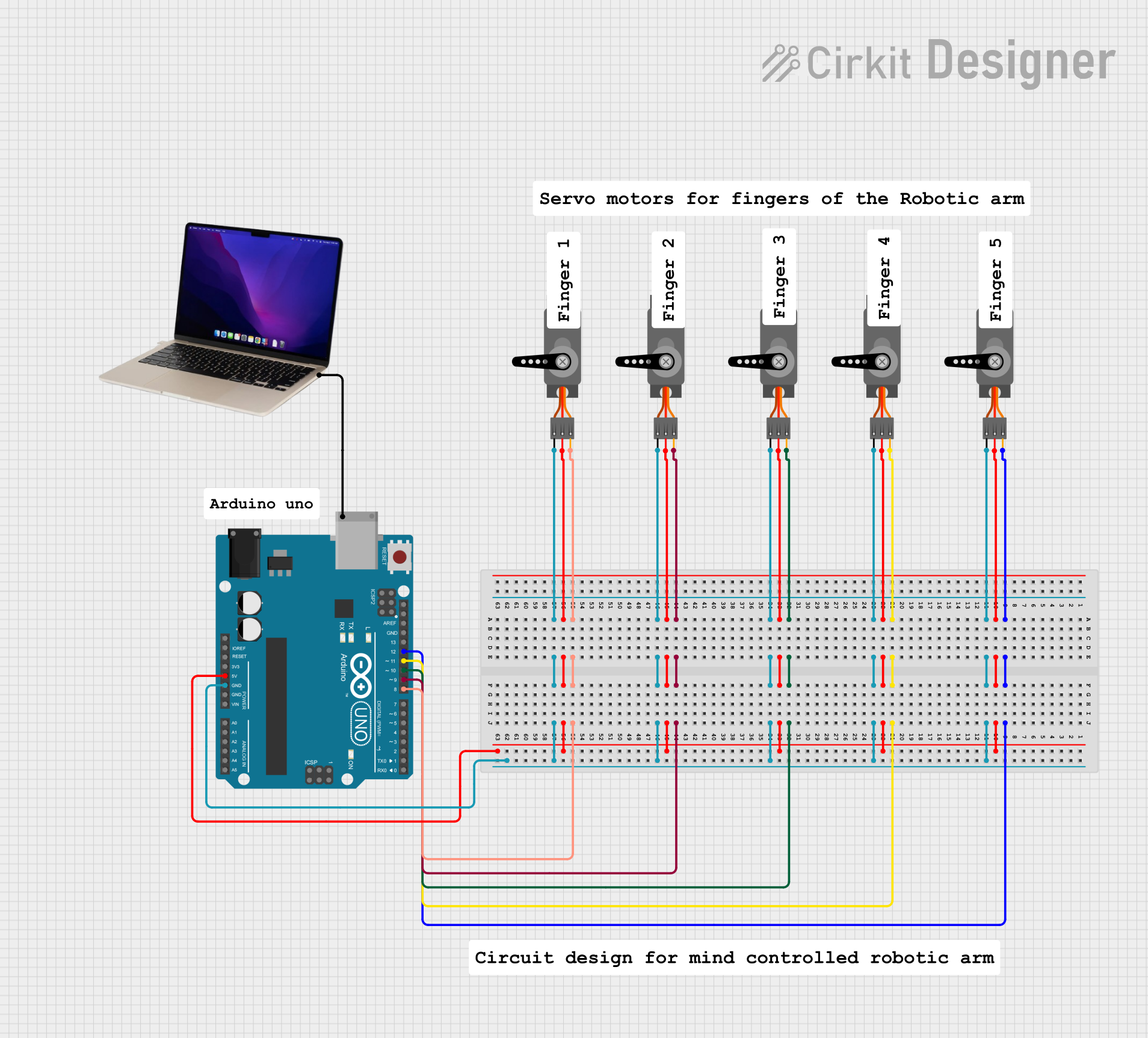
 Open Project in Cirkit Designer
Open Project in Cirkit DesignerExplore Projects Built with Servo

 Open Project in Cirkit Designer
Open Project in Cirkit Designer
 Open Project in Cirkit Designer
Open Project in Cirkit Designer
 Open Project in Cirkit Designer
Open Project in Cirkit Designer
 Open Project in Cirkit Designer
Open Project in Cirkit DesignerCommon Applications and Use Cases
- Robotics: Used for controlling robotic arms, grippers, and joints.
- RC Vehicles: Steering mechanisms in cars, planes, and boats.
- Automation: Positioning systems in conveyor belts and manufacturing equipment.
- DIY Projects: Commonly used in hobbyist projects for creating moving parts.
- Camera Gimbals: Stabilizing and positioning cameras for smooth motion.
Technical Specifications
Below are the general technical specifications for a standard hobby servo. Note that specifications may vary depending on the specific model and manufacturer.
Key Technical Details
- Operating Voltage: 4.8V to 6V (typical range)
- Operating Current: 100mA to 1A (depending on load)
- Torque: 1.5 kg-cm to 20 kg-cm (varies by model)
- Rotation Range: 0° to 180° (standard), 360° for continuous rotation servos
- Control Signal: Pulse Width Modulation (PWM)
- Pulse Width Range: 1ms (0°) to 2ms (180°)
- Neutral Position: 1.5ms (90°)
- Connector Type: 3-pin (Signal, VCC, GND)
Pin Configuration and Descriptions
The servo typically has a 3-pin connector with the following configuration:
| Pin Number | Name | Description |
|---|---|---|
| 1 | Signal | Receives PWM signal for position control |
| 2 | VCC | Power supply (4.8V to 6V) |
| 3 | GND | Ground connection |
Usage Instructions
How to Use the Servo in a Circuit
- Power the Servo: Connect the VCC pin to a 5V or 6V power source and the GND pin to the ground of your circuit.
- Control Signal: Connect the Signal pin to a PWM-capable pin on your microcontroller (e.g., Arduino).
- PWM Signal: Generate a PWM signal with a pulse width between 1ms and 2ms to control the servo's position:
- 1ms corresponds to 0°.
- 1.5ms corresponds to 90° (neutral position).
- 2ms corresponds to 180°.
Important Considerations and Best Practices
- Power Supply: Use a separate power supply for the servo if it draws significant current, as it may cause voltage drops in your circuit.
- Avoid Overloading: Do not exceed the torque rating of the servo to prevent damage.
- Signal Stability: Ensure the PWM signal is stable and within the specified range to avoid erratic behavior.
- Continuous Rotation Servos: For continuous rotation servos, the PWM signal controls speed and direction rather than position.
Example: Connecting a Servo to an Arduino UNO
Below is an example of how to control a servo using an Arduino UNO:
#include <Servo.h> // Include the Servo library
Servo myServo; // Create a Servo object
void setup() {
myServo.attach(9); // Attach the servo to pin 9 on the Arduino
}
void loop() {
myServo.write(0); // Move the servo to 0 degrees
delay(1000); // Wait for 1 second
myServo.write(90); // Move the servo to 90 degrees
delay(1000); // Wait for 1 second
myServo.write(180); // Move the servo to 180 degrees
delay(1000); // Wait for 1 second
}
Code Explanation
- The
Servolibrary simplifies controlling the servo. - The
attach()function links the servo to a specific PWM pin. - The
write()function sets the servo's position in degrees (0° to 180°). - Delays are used to allow the servo to reach the desired position before the next command.
Troubleshooting and FAQs
Common Issues and Solutions
Servo Not Moving:
- Cause: Insufficient power supply.
- Solution: Use a dedicated power source with sufficient current capacity.
Erratic Movement:
- Cause: Unstable or noisy PWM signal.
- Solution: Check the signal source and ensure proper grounding.
Overheating:
- Cause: Overloading the servo or running it continuously at high torque.
- Solution: Reduce the load or use a higher-torque servo.
Limited Range of Motion:
- Cause: Incorrect PWM signal range.
- Solution: Verify the pulse width range (1ms to 2ms) and adjust your code.
FAQs
Q: Can I power the servo directly from the Arduino?
- A: While possible for small servos, it is not recommended for larger servos due to current limitations. Use an external power supply.
Q: How do I control a continuous rotation servo?
- A: Instead of position, the PWM signal controls speed and direction. A 1.5ms pulse stops the servo, while shorter or longer pulses control direction and speed.
Q: Can I connect multiple servos to a single Arduino?
- A: Yes, but ensure the power supply can handle the combined current draw of all servos.
Q: What happens if I send a pulse width outside the 1ms to 2ms range?
- A: The servo may behave unpredictably or stop responding. Always stay within the specified range.
This documentation provides a comprehensive guide to understanding and using a servo in your projects. Follow the guidelines and best practices to ensure optimal performance and longevity of your servo.